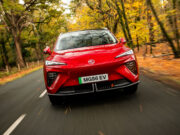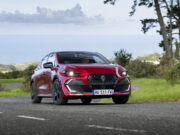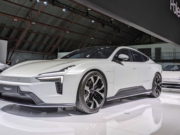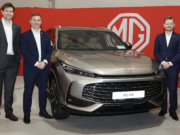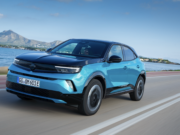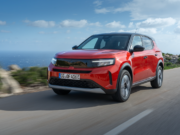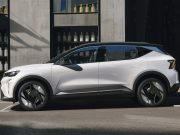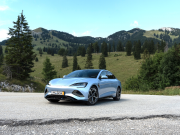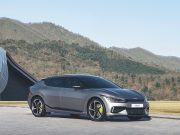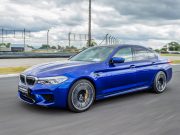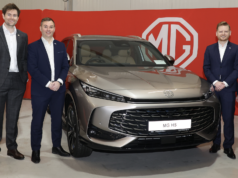
The Mazda Motor Corporation today announced its full-year financial and sales results, reporting global sales of 1,303,000 vehicles during the twelve-month period that ended 31 March 2025, a year-on-year increase of 5%.
Reflecting the increased focus on sales recovery, costs reduction and variable profit improvement, Mazda’s sales performance brought in net sales of ¥5,018.9 billion (€30.6 billion*), a 4% year-on- year increase, resulting in a positive full-year operating profit of ¥186.1 billion (€1.1 billion*) and net income of ¥114.1 billion (€697 million*).
Although investments increased in electrification, free cash flow remained positive at ¥105.7 billion (€644 million*) thanks to improvements in working capital, resulting in net cash of ¥400.3 billion (€2.4 billion*).
North America remains Mazda’s largest region, registering record sales of 617,000 units in the fiscal year, a 20% increase year-on-year, led by the United States, where 435,000 units were sold, a 16% increase on the previous year, mainly driven by the continued success of the Mazda CX-50 and large products.
In Mazda’s home market, Japan, 152,000 units were sold in the full fiscal year. China closed the fiscal year with sales of 74,000 units. However, the recent launch of the Mazda EZ-6, along with the upcoming introduction of the new all-electric crossover SUV Mazda EZ-60 by the end of 2025 is expected to drive increased demand in Mazda’s largest market in Asia.
In Europe, sales remained stable at 174,000 units, and momentum is expected to build with the launch of the all-new Mazda6e1. There were positive results in the UK, one of the largest European markets, where 32,000 units were sold, an increase of 9%, while Germany reached 44,000 units.
Mazda has not yet determined its outlook for the fiscal year ending March 2026. The company is closely monitoring the U.S. business environment – including tariff policy developments, and market demand – and will provide an update with its first-quarter financial results.
Looking ahead, Mazda is accelerating its transition towards an electrified future through strategic innovation and advanced manufacturing. As announced earlier this year, the company‘s Lean Asset Strategy will enhance asset efficiency and strengthen business resilience by optimising resources and deepening partnerships.
Meanwhile, Mazda’s Monozukuri Innovation 2.0 will further develop the company’s strengths in flexible, highly efficient development and production processes, enabling it to deliver practical electrification solutions that strike the right balance between carbon neutrality and sustainable business growth.



